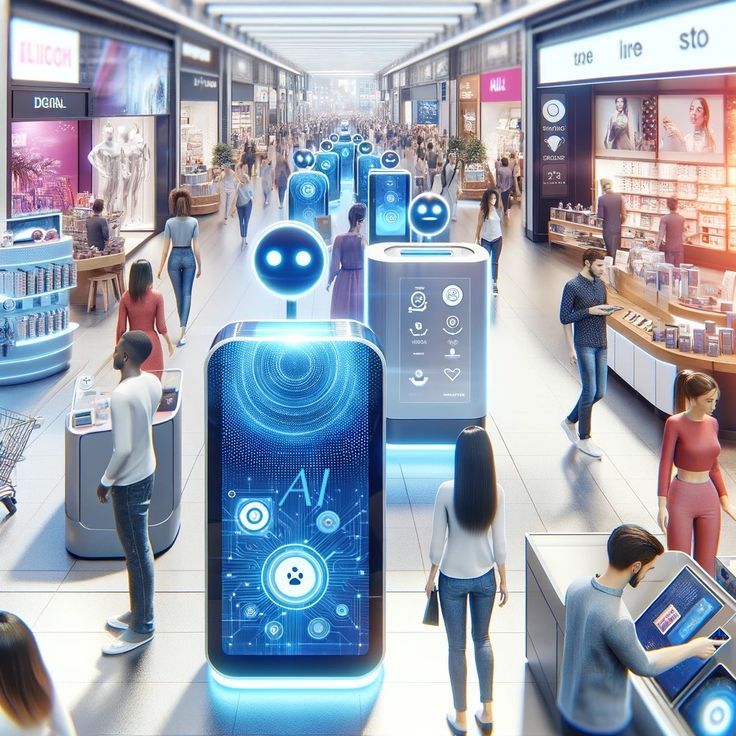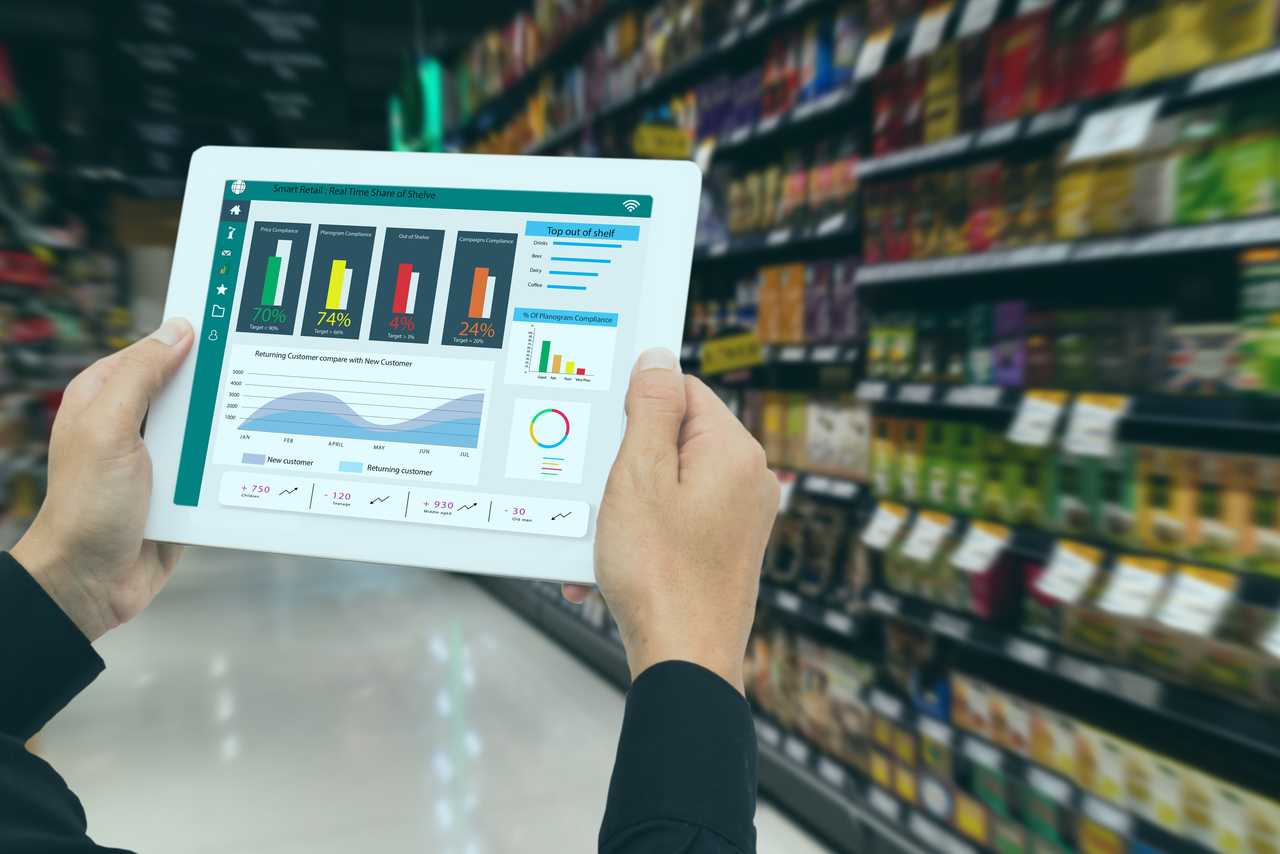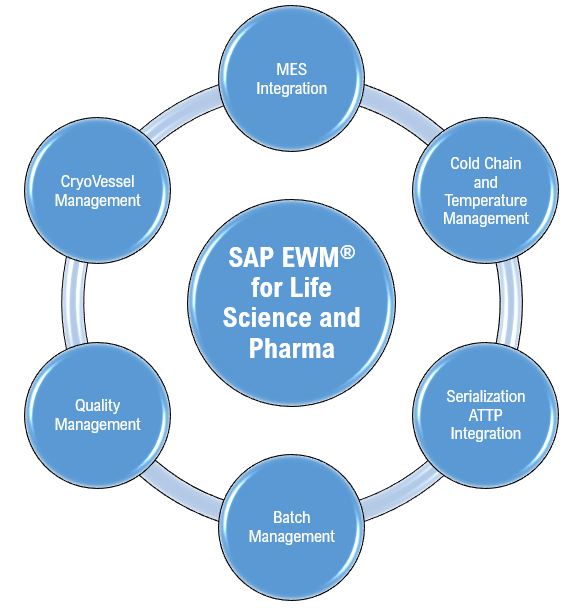As highlighted in the previous blog Loyalty Programs: A Key to Customer Retention and Growth, The xyzguitars.com program demonstrates how exclusive perks, early access, and a strong community can enhance loyalty. With 82% of US adults engaging and repeat business increasing by 60%, the data highlights their effectiveness. Retaining customers is also more cost-effective than acquiring new ones. Thus, loyalty programs incentivize repeat purchases through rewards and discounts, increasing retention, sales, and advocacy while giving customers valuable and personalized offers.
Therefore, brands must choose and execute a loyalty program that provides substantial value to their customers while directly supporting their strategic goals. B2C loyalty programs take various forms, each specifically designed to drive repeat purchases and strengthen customer loyalty.
Below are some of the most popular and strategically relevant B2C Loyalty Programs:
- Points-Based Programs: These programs reward customers with points for purchases, which can be redeemed for rewards or discounts. Notably, over 90% of companies offer loyalty programs, and point-based models are the most common. According to consumer research, 85% of participants say such programs increase their likelihood of staying loyal to a brand. Building on the popularity of points-based structures, other models offer further incentives.
- Tiered Programs: These programs offer increasing rewards as customers move up through spending or engagement tiers. Tiered structures are used by around 40% of loyalty programs in retail and travel. They can boost long-term engagement and retention by up to 30% and deliver up to 80% higher ROI compared to non-tiered models.
- Paid or Subscription-Based Programs: These programs charge a fee in exchange for premium benefits such as free shipping, exclusive deals, or faster service. Amazon Prime is a leading example. Driven by the “Prime effect,” 37% of consumers spend more with retail subscriptions, and paid members are four times more likely to engage with brand promotions.
- Partner Programs: These programs involve collaboration between complementary businesses, such as airlines and hotels. Common in travel and retail, they encourage cross-brand engagement. 75% of loyalty members buy more from partner brands. These partnerships support customer acquisition and shared data benefits.
- Cashback Programs: These programs return a percentage of spending as cash or credit, making them especially popular in financial services and retail. With an adoption rate of 45%, cashback incentives can increase transaction frequency by 35%.
- Exclusive Discounts or Offers: These programs provide members with special pricing, early access to products, or limited-edition items. Used by 60% of fashion and lifestyle brands, exclusive offers can increase email open rates by 40% and improve conversion rates by 20-30%.
- Gamified Programs: These programs incorporate game-like elements such as challenges, badges, and leaderboards to enhance engagement. Present in 30% of modern loyalty platforms, gamification can increase engagement by over 40%, boost brand loyalty by 22%, and drive 25% higher retention and repeat purchases.
- Hybrid Programs: These programs combine multiple loyalty models, such as points, tiers, and referrals, into a single experience. A growing trend, with 75% of CEOs planning to invest in hybrid strategies, these programs deliver three times higher engagement and achieve ROI between 150-250% due to multi-channel touchpoints.
- Coalition Loyalty Programs: These programs allow non-competing businesses to share a single loyalty currency. Common in retail and travel, coalition models are gaining global traction. Members engage with 2-3 times more brands within the network, and overall customer spend can increase by 10–15% across participating brands.
Each of these loyalty program types can be customized to fit the specific needs and goals of a retailer and their customer base.











